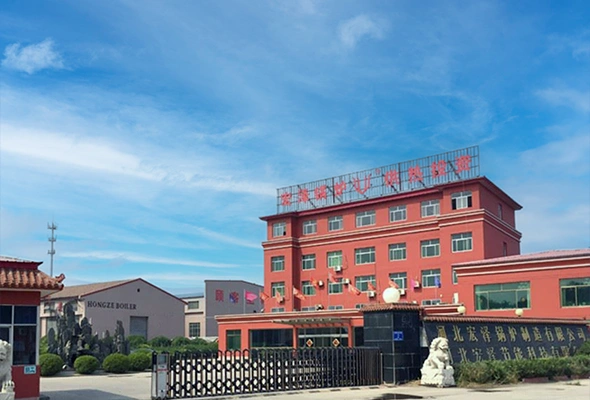
Nov . 11, 2024 18:46 Back to list
boiler steam pressure control system
Boiler Steam Pressure Control System An Overview
Boiler steam pressure control systems are crucial components in industrial settings, where the efficient and safe operation of boilers is paramount. These systems ensure that steam pressure is maintained within specified limits, thereby optimizing the performance of the boiler while enhancing safety and efficiency. This article provides an overview of the key aspects of boiler steam pressure control systems, including their significance, components, operational principles, and challenges faced in their implementation.
Significance of Steam Pressure Control
Steam boilers play a vital role in various industrial processes, including power generation, food processing, and chemical manufacturing. The steam produced is utilized for heating, driving turbines, and facilitating chemical reactions. Maintaining appropriate steam pressure is critical to ensure that processes operate efficiently without interruptions. If the pressure is too low, production may be hindered; if too high, it may lead to dangerous conditions, potentially resulting in equipment damage or catastrophic failures.
Components of a Steam Pressure Control System
A typical boiler steam pressure control system consists of several key components
1. Boiler The core component where water is heated to produce steam. It is equipped with various sensors to monitor pressure, temperature, and water levels.
2. Pressure Sensors These devices continuously monitor the steam pressure within the boiler. They are critical for providing real-time data that informs control actions.
3. Control Valve This device regulates the flow of steam or feedwater into the boiler. It can be adjusted automatically based on input from pressure sensors.
4. Control System A programmable logic controller (PLC) or distributed control system (DCS) receives data from pressure sensors and sends commands to the control valves to maintain the desired pressure setpoint.
6. Feedback Mechanism This includes internal checks and balances that allow the system to adjust settings in real-time based on pressure changes, ensuring stable operation.
boiler steam pressure control system

Operational Principles
The operation of a boiler steam pressure control system typically involves a feedback control loop. When the pressure deviates from the desired setpoint, the control system takes corrective action. If the pressure rises above the setpoint, the control valve opens to reduce steam supply, thereby lowering the pressure. Conversely, if the pressure falls below the setpoint, the control valve closes to restrict steam flow, allowing pressure to build up.
The control algorithms can vary in complexity, ranging from simple on/off control to more sophisticated proportional-integral-derivative (PID) control. PID controllers adjust the valve position in a continuous and calculated manner, providing smoother regulation of steam pressure compared to simpler control methods.
Challenges in Pressure Control
Despite advancements in technology, several challenges can impede the effectiveness of steam pressure control systems
1. Variable Load Conditions Changes in the demand for steam can cause fluctuations in pressure. The control system must quickly adapt to these variations to maintain stable operation.
2. Instrumentation Accuracy The performance of pressure control systems heavily relies on the accuracy of sensors and instruments. Malfunctioning sensors can lead to incorrect readings and inappropriate control actions.
3. Operational Delays Delays in the system’s response to changes in pressure can destabilize the control process, leading to oscillations or overshoots in pressure levels.
4. Maintenance Issues Regular maintenance and calibration of the control components are necessary to ensure reliable operation. Neglecting maintenance can lead to system failures and increased risks.
Conclusion
In summary, boiler steam pressure control systems are integral to ensuring the efficient and safe operation of boilers in industrial processes. By employing advanced control strategies and maintaining critical components, facilities can optimize steam generation while minimizing safety risks. As industries evolve and demand for steam fluctuates, ongoing advancements in control technology will play a vital role in enhancing the performance and reliability of these systems. Continued innovation in pressure control methodologies holds the promise of greater efficiency and safety in steam boiler operations.
-
High-Efficiency Commercial Oil Fired Steam Boiler for Industry
NewsJul.30,2025
-
High-Efficiency Biomass Fired Thermal Oil Boiler Solutions
NewsJul.30,2025
-
High Efficiency Gas Fired Thermal Oil Boiler for Industrial Heating
NewsJul.29,2025
-
High-Efficiency Gas Fired Hot Water Boiler for Sale – Reliable & Affordable
NewsJul.29,2025
-
High Efficiency Biomass Fired Hot Water Boiler for Industrial and Commercial Use
NewsJul.29,2025
-
High-Efficiency Biomass Fired Hot Water Boiler for Industrial Use
NewsJul.28,2025
Related PRODUCTS






















